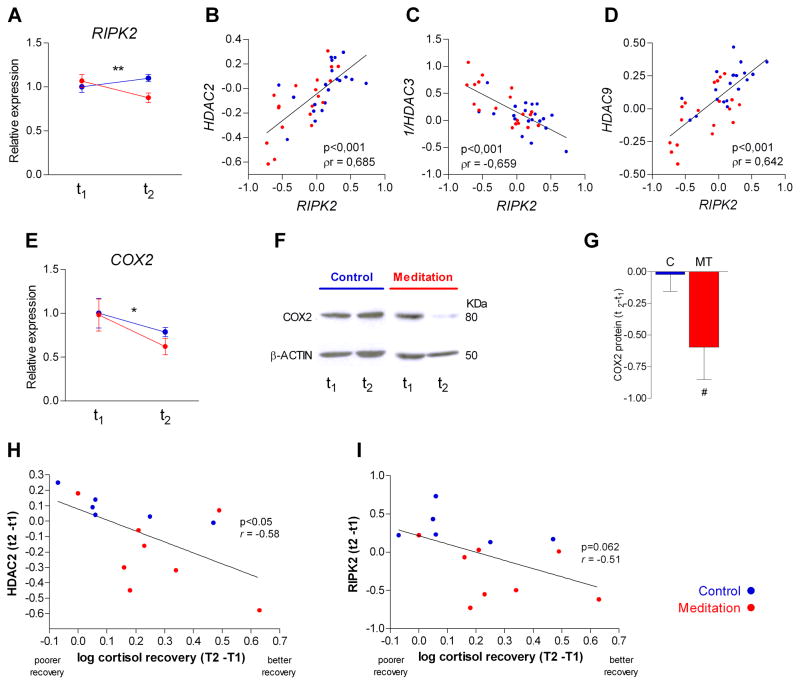FIGURE 3. Effect of mindfulness meditation on inflammatory pathways: correlation with HDAC gene expression and social stress recovery.
A, receptor-interacting serine-threonine kinase 2 (RIPK2) gene expression (mean ± SE; ** p<0.01). B–D, partial correlations between RIPK2 and HDAC gene expression. P values (p) and partial correlation coefficients (ρr) are indicated. HDAC3 was normalized using inverse-transformed values. Partial correlations were controlled for group variable (n=40). E, cyclooxygenase 2 (COX2) gene expression (mean ± SE; * p< 0.05). F, PBMC cell lysates were probed with Cox2 antibody, representative Western blot images are shown. G, Quantification of Western blots by scanning densitometry. Cox2 protein was corrected by β-actin, and data were expressed as (t2-t1) (mean ± SE; n=6/group; #, p=0.05, two-tailed Mann Whitney U test). H–I HDAC2 and RIPK2 gene expression correlation with cortisol recovery after acute psychological stress. Participants completed the Trier Social Stress Test twice. T2-T1 was calculated, which reflects the post-intervention response (T1) controlling for the response at baseline, 12 weeks before (T2). Cortisol was determined in saliva samples and recovery was defined as the percentage of the baseline value that cortisol levels returned to after the peak. For HDAC2 and RIPK2, a difference score (t2-t1) was calculated, which reflects the intervention response controlling for baseline levels (t1). Pearson correlations were used to test the association between changes in cortisol recovery with changes in gene expression.

